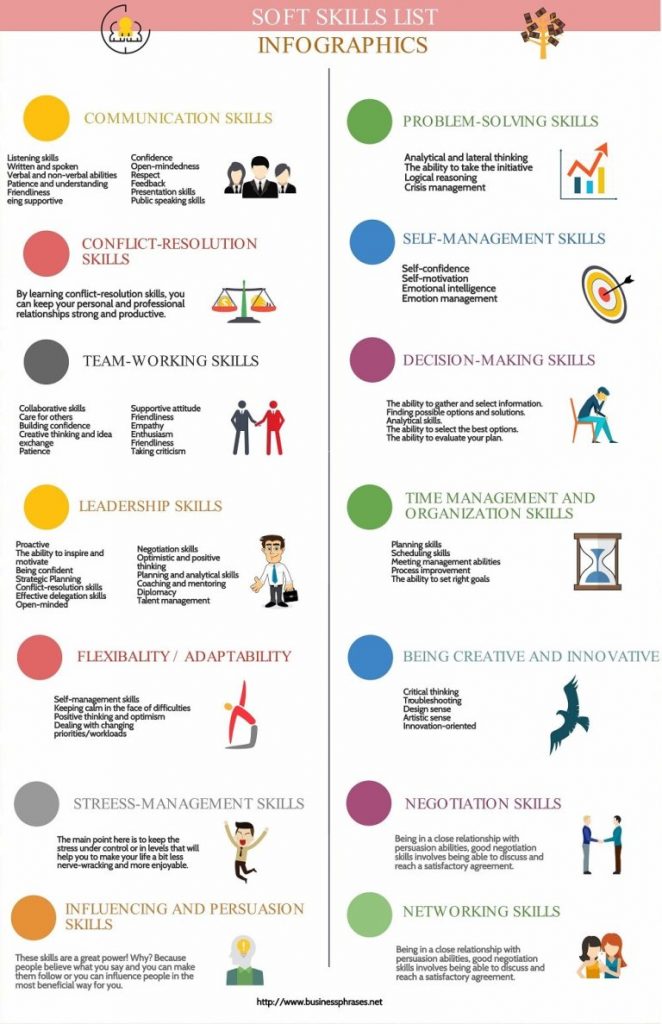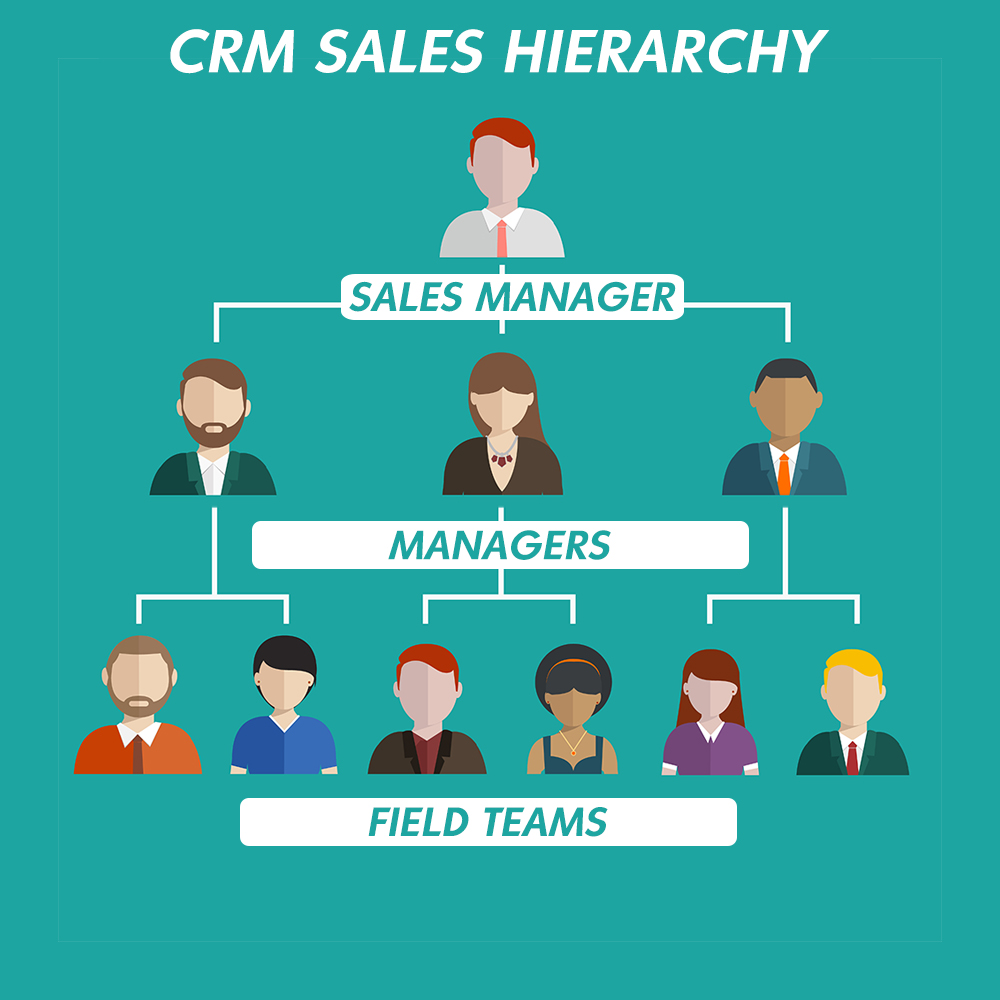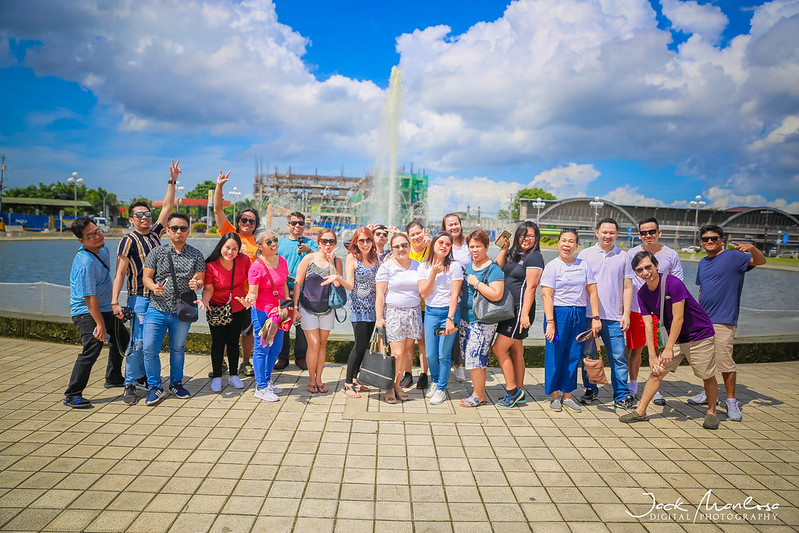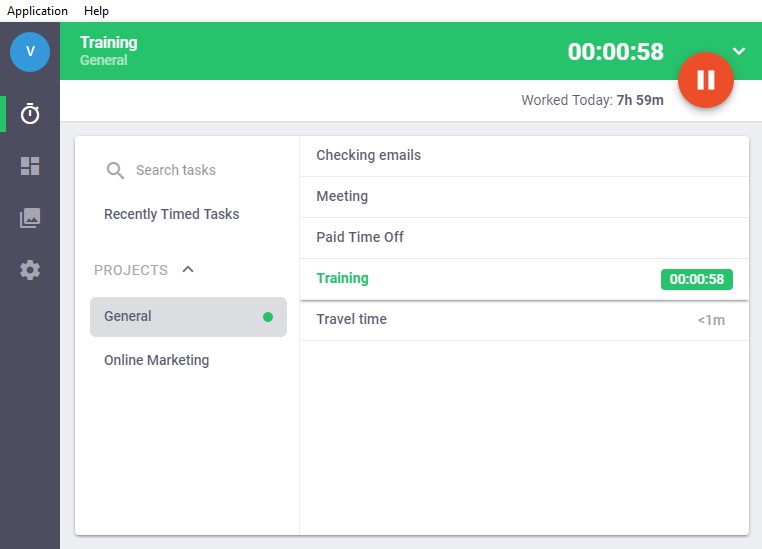Collaboration skills are essential for any team and an individual’s success. It seems like a simple thing to be able to operate like
a well-oiled machine, but the truth is it’s not nearly as easy as one thinks.
Whether you’re already part of a team or are still building one, the question about how to get members on board and to work together seamlessly has probably come to mind.
So in this blog post, we are going to talk all about collaboration skills, what they are, what gets in the way of a team from becoming more collaborative, and what happens if a team fails to foster essential collaborative skills required for their group’s success.
Finally, we wrap everything up with 13 incredibly simple and actionable ways you can build collaboration skills among employees in the workplace. Ready to transform your team from the inside? Get reading.
What are collaboration skills?
We should first clearly define what collaboration skills are. According to The Balance, “Collaboration skills enable people within an organization (or outside an organization) to engage with each other productively and efficiently.”
Indeed has defined collaboration this way: “Workplace collaboration requires interpersonal skills, communication skills, knowledge sharing and strategy, and can occur in a traditional office or between members of a virtual team.”
From these definitions, we’ve come up with our own:
Collaboration skills definition
Collaboration skills are the soft skills developed between individuals and teams in order to interact, engage, and synergize while working towards a common goal.
There can be several skills that fall under this umbrella term, such as:
- Communication
- Group brainstorming
- Emotional intelligence
- Problem-solving
- Time management
- Critical thinking
Underneath these skills may be even more sub-skills to help master them. And as long as it’s a skill that helps both individuals and teams work together seamlessly and effectively, then it’s considered as a collaboration skill.

Many soft skills fall under collaboration skills. Img Source:businessphrases.net
At first glance, these skills seem quite simple. Shouldn’t it be easy to foster things like problem-solving or brainstorming?
That’s not always the case. There are often a few roadblocks that any company or team can encounter that keeps them from collaborating more productively. Let’s take a look at them in the next section.
Collaboration roadblocks faced by companies
1. Unclear goals
When goals for a project, activity, or movement are not clearly defined, individuals within a company can find it increasingly difficult to collaborate effectively. Without clear targets, it’s hard to lay down a clear roadmap and the necessary steps to achieve them.
2. Lack of team communication
Sometimes teams fail to communicate, and this can severely impact their ability to collaborate. This can happen within teams or in inter-team setups.
3. Lack of resources
Even soft skills require tools and resources that can help develop teamwork in the workplace. Some of these resources can be actual tools, such as software, that help teams work together to achieve a common goal.
For example, a startup might be trying to launch its website. But without equipping team members with the right website builder, a clear project brief, or even a dedicated project management software to track tasks per person makes it very hard for a team to meet their goals and deadlines.
4. Conflicting management styles
Last but not least, a common roadblock that keeps teams from developing collaboration skills in the workplace are conflicting management styles. A manager might have a leadership style that doesn’t fit well with a team or specific person, causing friction and sometimes even growing resentment.
What happens when companies lack collaboration skills?
So after seeing the roadblocks that might get in the way of building collaboration skills, what can happen to a team or company if these challenges aren’t resolved?
Here are just a few scenarios:
- Failed projects: A company may not be able to see a full project through or complete a project with excellent quality. Some projects may also never take off at all.
- Unmet targets: Targets like sales quotas or number of new marketing content published either are not met or run late. This can severely impact a company’s bottom line.
- Unhappy and unproductive employees: Last but not least, if a company can’t address its collaboration roadblocks, employees may become unhappy and unproductive, especially when they aren’t sure what they’re working towards or when they’re unable to complete tasks and projects to the best of their ability.
How to build collaboration skills in the workplace
For a company to make sure it doesn’t suffer from uncompleted projects or unhappy employees, it would do well to invest its time and resources into building collaboration skills in the workplace. This doesn’t require huge changes or a big budget either. You can easily start with what you have.
Are you ready to help your employees develop better collaborative skills and become a more well-oiled machine? In this next section, we outline 13 simple ways to start building better collaboration skills and foster teamwork in the workplace.
1. Make your company goals and vision clear
Earlier, you saw that one big challenge to teams and companies trying to work together seamlessly is unclear goals. Fortunately, the solution is the opposite of that: clear goals.
Start making it a habit to define what your goals are for the year or for every project. Make sure to keep goals SMART so that you know what you’re working towards and have any important metrics you want to track.
Additionally, you can also benefit from getting to know your employees’ career goals for themselves too. When you know why your employees want out of their professional life, it’s easier to align their personal goals with the goals of the company so when you help employees grow, they’ll take care of your business goals too.
2. Set clear expectations
An essential part of effective team collaboration is making sure everyone knows what is expected from them, both at an individual level and an overall team level. When starting a new fiscal year, new project, or new initiative, make sure everyone knows just what is expected.
You can hold a general meeting to discuss all of this with employees. If you run a remote team, you can set up an online conference to keep everyone up to date with new projects, goals, and changes happening within the company.
Part of this also involves getting employees’ questions or having them clarify, should anything be unclear. Make sure you have an agenda prior to these meetings, as this is also another way to set clear expectations, especially from your end as a manager.
3. Clarify roles per person and team
From the moment you start hiring and onboarding somebody to fill out a position in your company, you should already let new hires know what their job description entails.
One way to keep employees onboard and reduce high turnovers is to make sure there are boundaries between work deliverables and responsibilities. After all, no one wants to suddenly be in charge of something they didn’t sign up for.
This is, of course, different from allowing employees to take on more responsibility. The latter makes sure that employees are both willing and able to handle either different tasks or projects that might not otherwise be in their current job descriptions, especially as a way to advance in their careers.

4. Work with people’s strengths
When you manage a team, no two people are exactly the same. Acknowledge your employees’ differences as strengths for your company. For example, one of the benefits of running a remote team with people from all over the world means you have individuals with unique perspectives and talents they can bring to the table.
Highlight each person’s strengths when you assign them to roles and projects, and you’ll see that people are more motivated to contribute their unique strengths for the goal of the group.
To implement this step, consider speaking with employees individually to get to know where they see themselves contributing most at the onset of new initiatives.
5. Conduct regular team-building retreats

Sometimes you need a little extra help to build collaboration skills among your team members. One of the best things you can invest in is regular team-building retreats.
This is especially helpful when you have new hires who have to start meshing with a team, but even established teams stand to benefit from regular – we recommend annual – team-building retreats.
During a team-building retreat, team members can get to know one another in deeper ways, and the many organized exercises can help you get to know individuals’ problem-solving and leadership styles.
Not sure how to do team-building exercises if you run a remote team?
Here are some fantastic team building activities for remote teams from Outback.
You can also check out our blog post on the 24 Virtual Team Building Activities Your Remote Team Will Love for more ideas!
Remember these three things as the recipe for successful team-building:
- Activities for getting to know each other
- Games to test group problem-solving and analytical skills
- Having focus group discussions to talk about what each person has learned from the activities and exercises to synthesize learnings and practice team sharing
6. Create a culture of communication
We’ve seen throughout this post that collaboration is impossible without effective team communication. As a manager, your priority ought to be making sure all channels of communication are open, be it on tools like Slack or during in-person meetings and day-to-day workplace.
Part of establishing this culture of communication is encouraging people to take part in conversations, to contribute ideas during brainstorming sessions, and to have a “no stupid questions” policy so anyone and everyone can speak up without fear.
This is perhaps one of the simplest ways to build collaboration skills in the workplace, and while many managers know this, there is often a gap when it comes to actual implementation.
7. Equip teams with the right tools and software
A few tools you’ll need to really improve workplace collaboration are messaging tools like Slack. But you’ll also want to have several others that put teamwork first. Project management tools like Asana or Trello are crowd favorites when you want a top-down view of projects and initiatives.
Equip your teams with role-specific software and tools that make it easier to focus on important things at their job.
For example, your accounting or finance team can be more productive if you give them the tools to create well-designed, automatable invoices using templates.
Your HR team can also use Time Doctor to easily track work hours, manage payroll, and monitor employee productivity.

8. Invest in automation
Many employees may feel unmotivated and unproductive if a bulk of their workday went to handling recurring admin tasks. We’ve also seen how employees who aren’t engaged at work won’t want to contribute to the team. So to help bridge this gap, invest in tools and software that automate recurring tasks and give employees the opportunity to work on projects and tasks that matter.
9. Encourage employees and teams to socialize after work

As a manager, one best practice you can adopt if you haven’t already is encouraging employees to socialize or make personal relationships with colleagues.
Helping employees create deeper relationships with one another also helps them see their colleagues as real friends. When this happens, collaboration can become easier as employees are familiar with their colleagues’ personal goals and lives.
This, of course, must be treated with the utmost care. Don’t force employees into any social events and never ask for personal information they aren’t willing to share.
We can also learn a thing or two about Scandinavian’s work-life balance. In many Scandinavian countries, for example, they emphasize the practice of “fika” or a coffee break. Many teams do fika together, and some teams have reported that implementing this practice has boosted morale and team productivity.
By socializing with workmates, someone might be able to vent out about their current stress – be it at work or in their personal lives – and colleagues can serve as a shoulder to lean on during these situations.
10. Foster transparency
At the end of the day, you need trust if you want to build collaboration skills in the workplace. And transparency is one of the simplest ways you can build that trust.
Start by being transparent about where your team or company is at. This goes beyond your targets and goals – it also means being clear about any roadblocks you’ve run into that might affect the way a team operates.
When you don’t have answers to difficult questions, be honest about that too. Don’t avoid challenging topics at work or make it look like you know something when you don’t. Employees may read into this as secrecy or distrust, and that can tank trust between you and your team.
In Dare to Lead, her book for better leadership within organizations, Brené Brown writes that many leaders have admitted that they don’t know how to talk about trust. But luckily, trust can be learned – and most importantly, taught.
11. Celebrate milestones and wins
Boost team morale by celebrating milestones and small and big wins alike. Employees are happier when their efforts are acknowledged, and leaders lose nothing at all by expressing their gratitude and appreciation.
To implement this in your own company, you can start by congratulating specific persons or groups for any targets that they’ve hit. Consider sending a mass message so the entire company can share in the good news. You can even take a few minutes before each minute to talk about different wins your company has experienced recently.
12. Treat mistakes as feedback
Failures and mistakes can become huge roadblocks for a collaborative workplace – not because of the mistakes themselves but in the way that these mistakes are handled.
Nobody responds positively to harsh criticism, especially when they make mistakes or fail to meet goals. What you can do instead is treat mistakes as feedback.
If projects fail or goals are unmet, make it a habit to meet with your team and genuinely try to get to the bottom of these questions:
- What did we do (or didn’t do) that caused this to happen?
- How can we move forward to hit our goal next time?
- What can I do to help us meet this goal next time?
These questions shouldn’t be tackled as a way to assign blame. Set the expectation that when you talk about failures, it’s because you want to see what you can all learn from it.
13. Give employees learning opportunities
Last but not least, give your employees the chance to grow in their careers. Give them the space to learn skills that can help them keep growing as people while being able to contribute to your team even more.
For example, if your content marketing team wanted to improve their skills in SEO because one of the company goals was to increase organic reach, then your company can invest in online courses or hire a consultant to help them learn the ropes.
When you invest in your employees, you’re also investing in your business.
Final thoughts
Building collaboration skills in the workplace are far from a one-time task. This is a practice you and your team can keep improving on, and one of the best places to start is working with what you have. Involve employees as much as possible with new initiatives and goals, and this creates a virtuous cycle of developing more-engaged employees, spotting more opportunities to improve collaboration, and growing your business.

About The Author:
Kevin Payne is a content marketing consultant that helps software companies build marketing funnels and implement content marketing campaigns to increase their inbound leads.



